The Fujifilm GFX Eterna arrives with much hype, billed as a bold medium-format cinema camera. But under the hood, it’s essentially a repackaged Fujifilm GFX100 II. According to a CineD interview with Eterna’s Product Planner, the camera retains the same 102MP large-format sensor, X-Processor 5, and overall technology. This means it inherits both the GFX100 II’s strengths and glaring weaknesses, such as significant rolling shutter artifacts and a slow sensor readout. For those familiar with the GFX100 II’s cinematic capabilities, it’s clear that the Eterna doesn’t bring much new to the table.
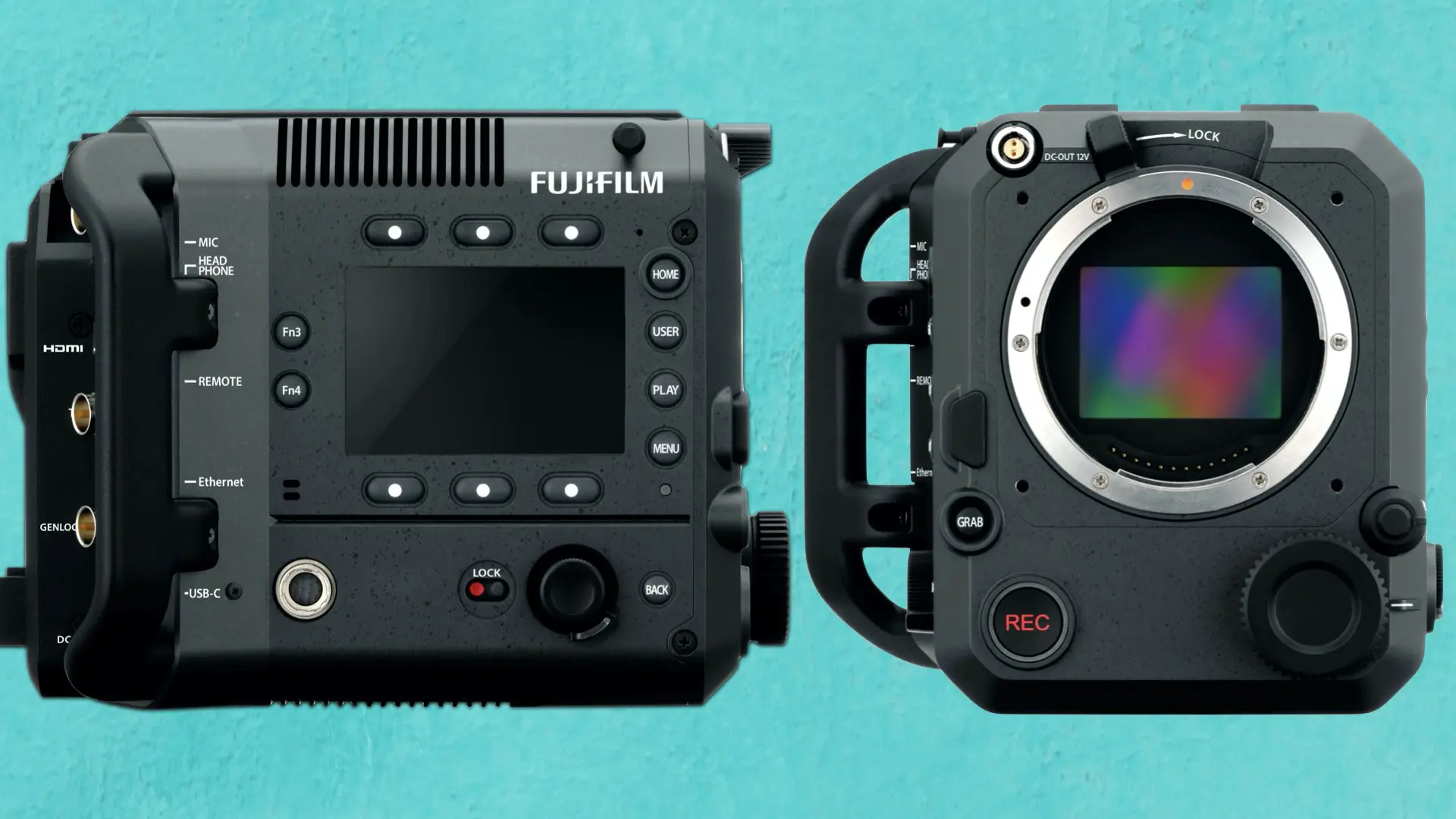
A Familiar Sensor with Known Limitations
The GFX100 II’s 44mm x 33mm sensor made waves when it was launched, offering stunning image quality that rivaled even the ARRI Alexa 65, as detailed in our breakdown of the largest cinema sensors. However, its massive size brought challenges, including noticeable rolling shutter artifacts and sluggish readout speeds. These same limitations will inevitably plague the Eterna, given that it uses the exact same sensor and processor. While Fujifilm has framed the Eterna as a cinema-first medium-format camera, it doesn’t resolve the issues that indie filmmakers encountered with the GFX100 II. Many users, for example, found creative workarounds to mitigate its flaws, as highlighted in our piece on shooting indie style with the GFX100 II.
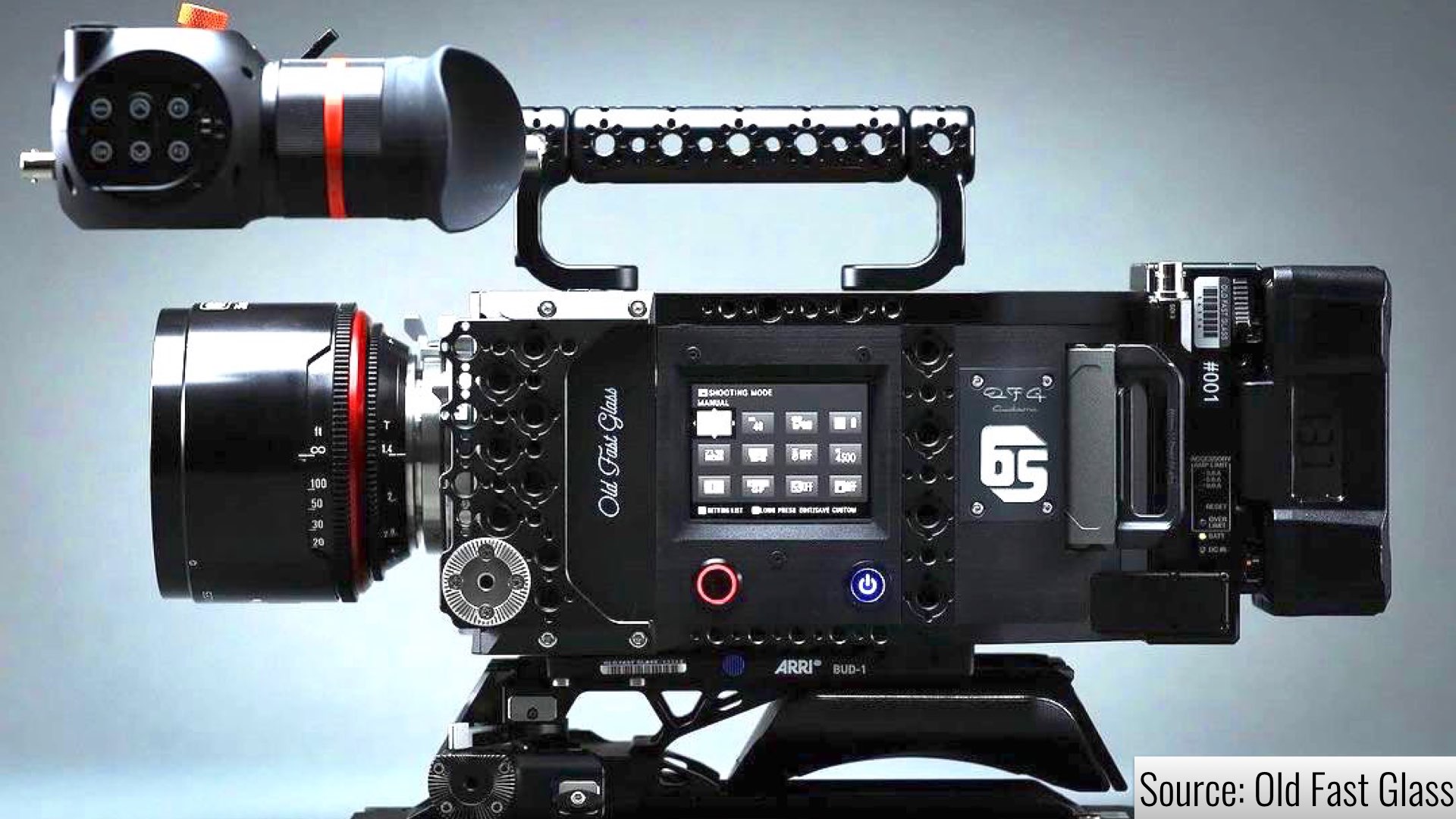
A Heavy Cinema-First Design?
The Eterna shifts away from the lightweight ethos of previous GFX cameras, like the GFX100S, to embrace a bulkier, more rugged design. Ironically, filmmakers have already demonstrated the potential of the GFX100 II in cinema applications through custom modifications, such as the OF/G Customs 65, which balanced usability with the GFX system’s imaging power. The Eterna could have taken inspiration from these modifications to create a truly innovative medium-format cinema camera. Instead, it simply re-houses existing technology in a form factor that sacrifices portability for minimal gain.
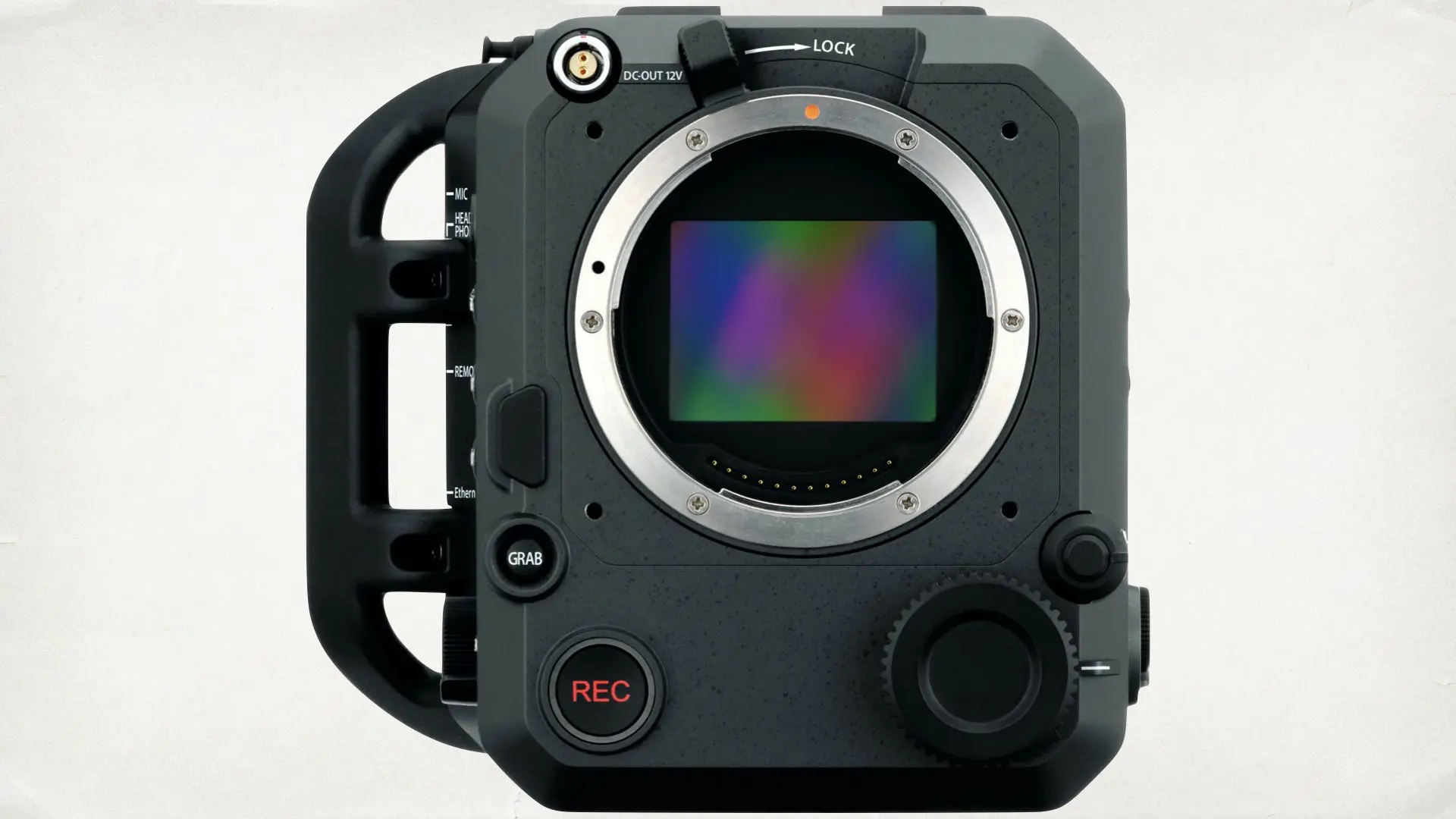
The Perks: Internal ND and Small Refinements
One of the few notable upgrades in the Eterna is the addition of an internal ND filter, a feature absent in the GFX100 II. While this addition simplifies exposure control, it’s not enough to justify the hype surrounding the camera. The GFX100 II has already proven its cinematic potential, as demonstrated in productions that paired it with high-end anamorphic lenses like the Cooke Anamorphic FF SF. The Eterna builds on this legacy but stops short of delivering a transformative experience.
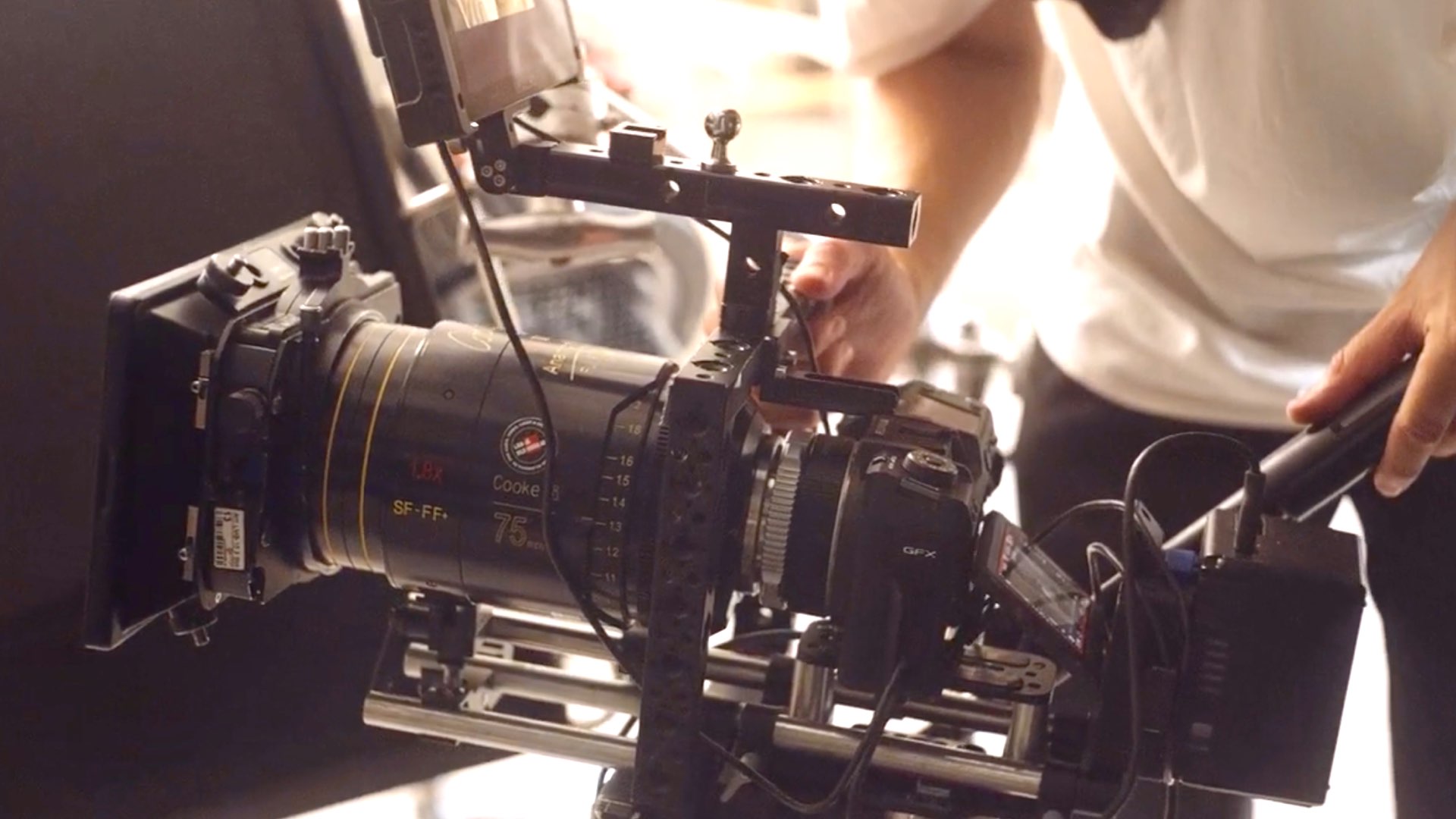
If we were just to rehouse the GFX100 II, it wouldn’t take us 2–3 years to develop that camera!
Fujifilm
Is This Just a Marketing Ploy?
The Eterna’s release raises questions about whether Fujifilm is relying on clever marketing to reposition an existing product as a new innovation. By branding it as a cinema-specific camera and showcasing its use in high-profile scenarios, Fujifilm appears to be targeting a niche market without delivering significant technical improvements. This tactic isn’t new in the camera industry—repurposing existing hardware with minimal tweaks often generates buzz and extends product lifecycles. However, as explored in our article on the philosophy of cinema camera sensor sizes, truly groundbreaking developments require more than repackaging. For filmmakers, it’s crucial to scrutinize whether the Eterna’s additional features justify its heavier design and premium positioning. The GFX100 II already set a high bar for cinematic imaging, but the Eterna feels more like a strategic repurposing than a groundbreaking advancement. Watch CineD’s video below:
Fujifilm’s Response to Criticism
Fujifilm anticipated skepticism regarding the Eterna and addressed it directly in the CineD interview. The product planner stated, “If we were just to rehouse the GFX100 II, it wouldn’t take us 2–3 years to develop that camera!” This comment suggests that Fujifilm believes the Eterna offers more than a simple rebranding, pointing to the internal ND and other refinements as evidence of its unique positioning. However, the question remains: do these changes truly warrant the extensive development timeline, or is this more a matter of strategic positioning in the medium-format cinema market? For filmmakers, only hands-on experience with the Eterna will determine if it’s a genuine evolution or simply a well-marketed iteration.

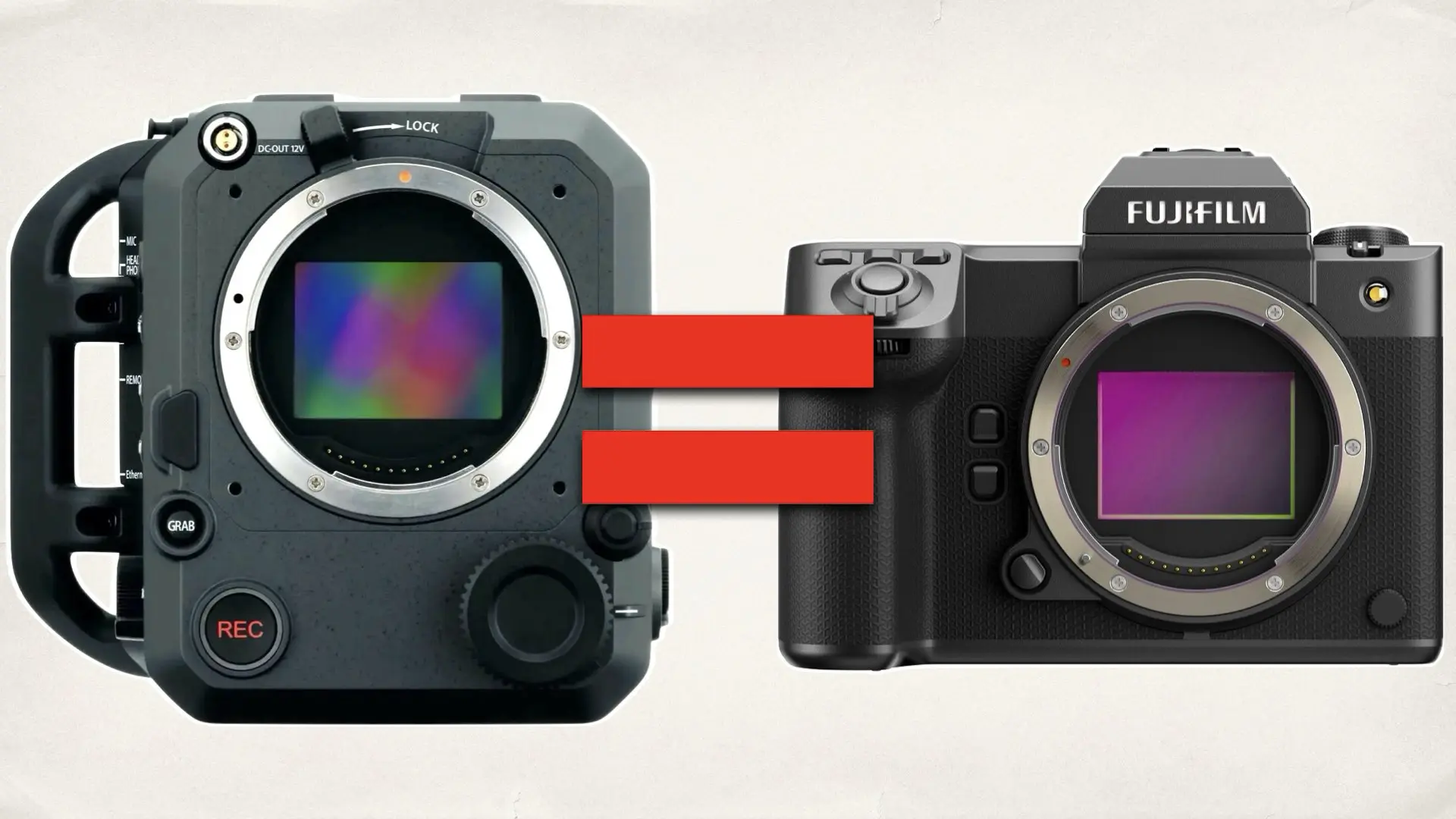
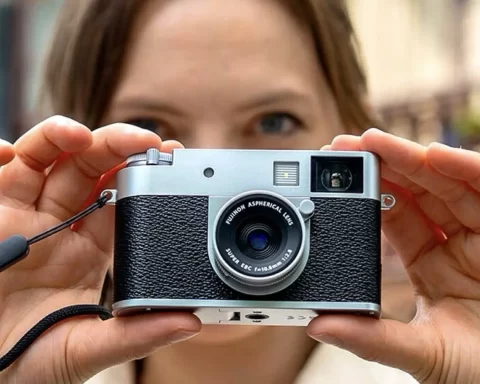
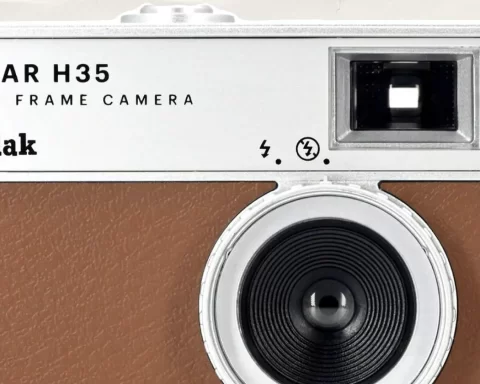
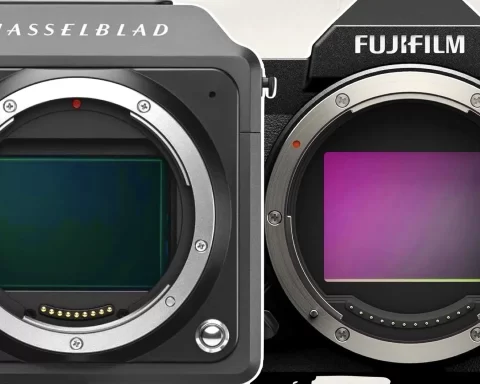
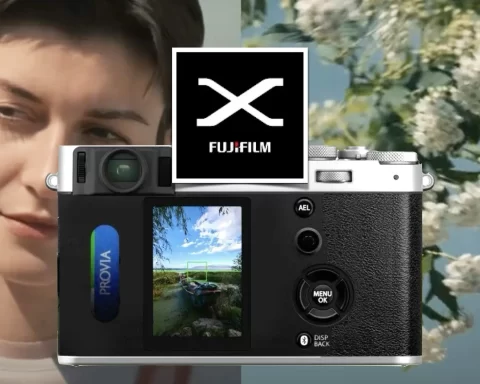
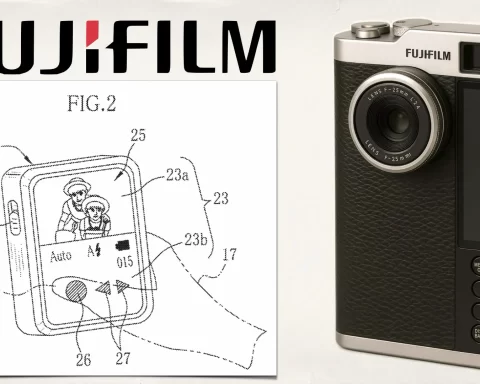
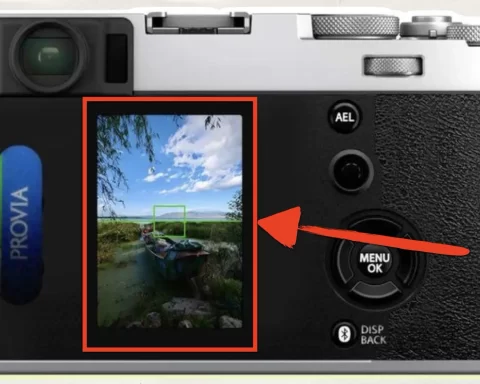


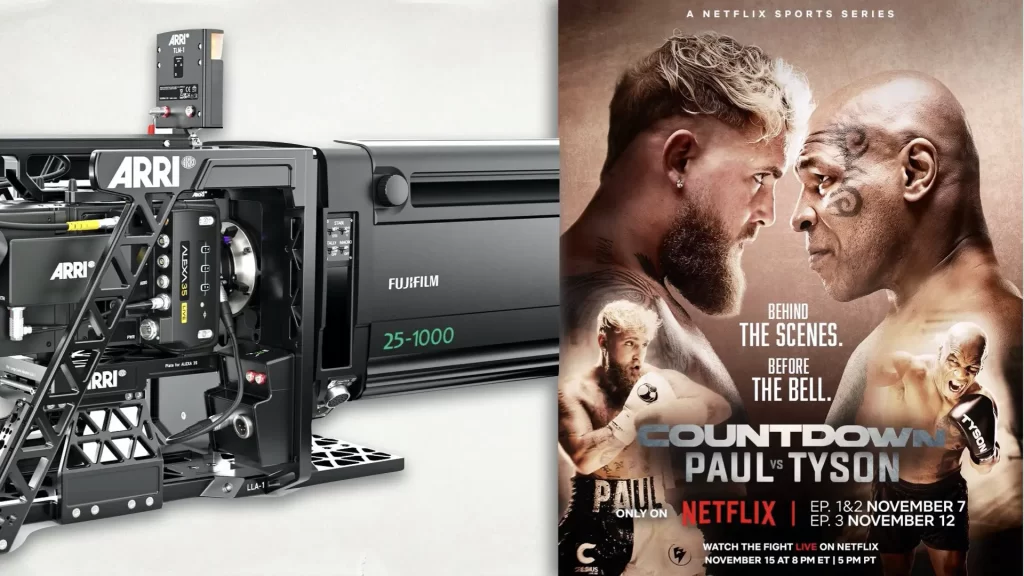

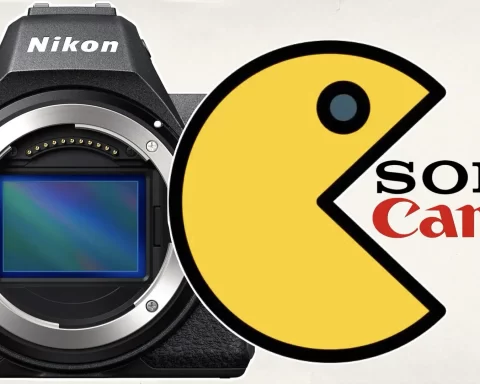
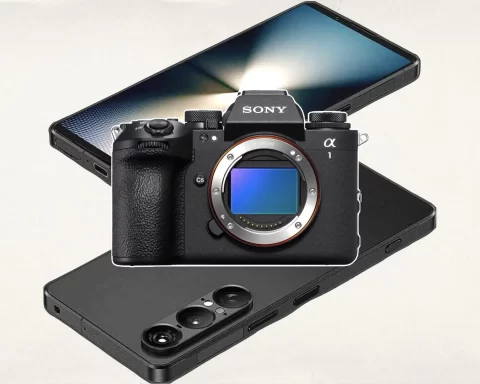



A proper housing for rigging, internal ND and Sdi out alone are a big deal for any camera, especially one with that sensor size. I would take anything coming from CineD with a grain of salt. They have proved to not be on the average shooter’s side with their content choices and takes on Ai in the past.